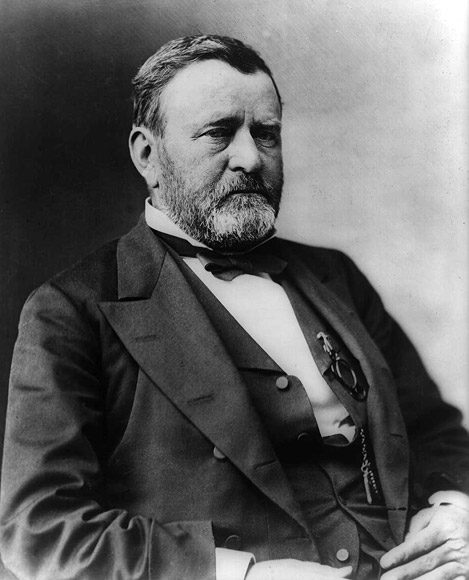The Ninth Census: Census Day was June 1, 1870.

Authorizing Legislation
The 1870 Census was conducted under the authority of the Census Act of 1850. A new law, approved on May 6, 1870, called for two procedural changes: The marshals were to submit the returns from the population questionnaire to the Census Office by September 10, 1870; all other questionnaires were due by October 1, 1870. Additionally, penalties for refusing to reply to enumerator inquiries were expanded to cover all questions asked on all questionnaires.
Enumeration
The Census Office, and the position of superintending clerk were abolished in May 1865. A portion of the clerks engaged in census work transferred to the General Land Office, where work of the 1860 census was completed under the direction of the commissioner of the General Land Office
After the Civil War, the decennial census questionnaires were reordered and redesigned to account for end of the “slave questionnaire.” The schedules for the 1870 census were: “General Population,” “Mortality,” “Agriculture,” “Products of Industry,” and “Social Statistics.”
The secretary of interior selected General Francis A. Walker as superintendent of the ninth census on February 7, 1870. At the time of his appointment General Walker was chief of the Bureau of Statistics – an agency within the Treasury Department – and was one of several experts who had participated in the U.S. House of Representatives’ committee deliberations on the 1870 census. A capable administrator, Walker introduced examinations to test the qualifications of those applying for positions with the Census Office. Walker remained as superintendent until November 1871, when Congress’s failure to appropriate funds for his salary caused him to resign. Nevertheless, he continued overseeing census work as commissioner of Indian Affairs. Later, he resumed his duties as superintendent of the census, working without compensation.
The 1870 enumeration was completed by August 23, 1871.
Technological Advancement
By 1870, the job of tallying and tabulating questionnaire responses was becoming overly burdensome for the Census Office. This problem was partially alleviated with the use of a rudimentary tallying machine, invented by the chief clerk of the Census Office, and later superintendent, Charles W. Seaton.
Further Information
- A wide variety of historical statistics from this and other decades is available in Historical Statistics of the United States: Colonial Times to 1970. It is available as a PDF [74.4MB] or 2-part ZIP file: Part I [52.2MB] | Part II [66.1MB].
- Reports and statistics from the 1850 census.
- History and Growth of the United States Census: 1790-1890 [PDF 117MB], by Carroll D. Wright and William C. Hunt.
Information provided from Census.gov

